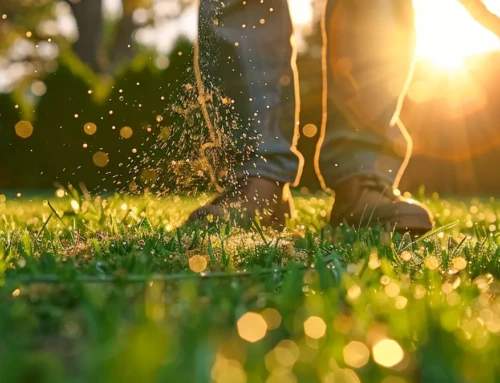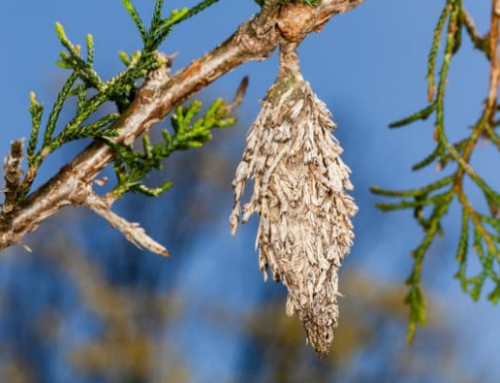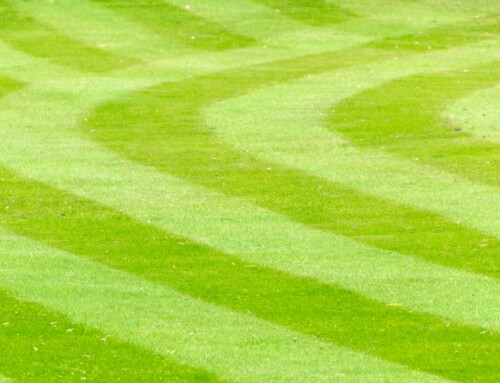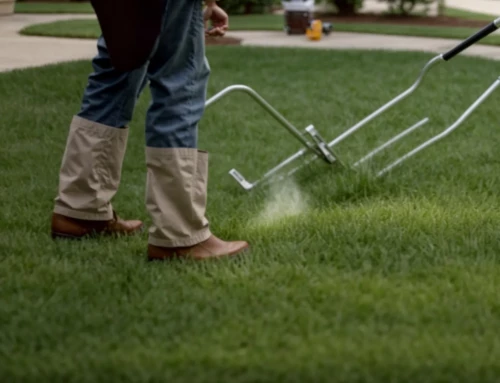What is sunscald? When bark freezes as a result of high temperatures in winter it results in visible damage to the bark, which is permanent. It’s also possible for fruits to be damaged.
What causes it? It’s a pretty common occurrence in the United States, wherever states deal with snow and cold weather. It occurs during late winter and early spring, as this is when temperatures fluctuate rapidly. Trees are dormant in winter, and the temperature that is required to wake it up depends on its species. It is usually just above freezing. The sun then warms the tree trunk, which causes the sap to flow. Then as the temperature drops during the evening hours it returns to dormancy, causing the liquid to freeze, cracking the trunk. Thus, the term sunscald.
It can also be caused by light reflecting off of the snow. This appears as dead bark or a sunken area of the tree trunk, while later in life the bark falls away, revealing the cambium layer’s dead tissue. Once a tree has been afflicted by sunscald it is left more vulnerable to decay organisms.
It is especially common in younger trees, and in species such as fruit trees, ash, willow, maple, and honey locust.
When it comes to fruit trees it is important to take notice of what area of the tree fruit has grown from. If it grew in the shade and has then been exposed to the sun it is likely to cause damage. It is left susceptible to bacteria, fungus, and insects. This is because the skin is softened, leaving it defenceless. Fruit tree leaves should be monitored for disease and wilting. Another option is to use screens or straw to cover the fruit and block the sun.
Despite this, though, sunscald is preventable and your local Kansas City landscaping professionals can help.
There are a number of options to help protect your trees, though some are more effective than others. Some people choose to wrap their tree trunks with a pliable material, such as tarp. Softer material is ideal, as it doesn’t damage young tree tissue during the application or removal. The tree needs to be wrapped from the bottom up, this is to ensure that it sheds water rather than collecting it. Additionally, plastic covers can be used- however, this can cause tissue damage and they may not be tall enough to prevent damage. It does, however, protect the tree from animals that tend to nibble on young bark.
Come springtime, the wrapping can be removed. Many orchards utilize white paints to reflect the sun’s rays, but this isn’t necessarily an aesthetically pleasing choice for your yard.
Shading your younger trees during the winter is the best way to protect them from sunscald, but it’s equally as important to remember to remove their protection come spring weather.
Obviously, the most effective way to prevent sunscald is by hiring Kansas City landscaping professionals to ensure that your trees are planted in the correct place. Careful planting can prevent the issue of sunscald in the first place. This is just another benefit of using a professional landscaping service.






